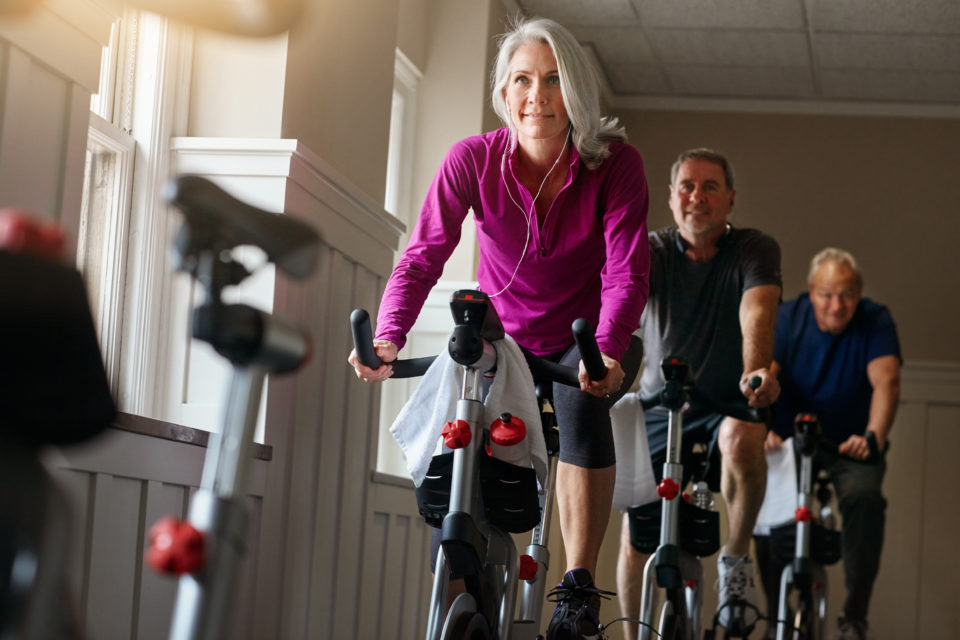
A study presented at the American College of Rheumatology/Association of Rheumatology Professionals Annual Meeting explored at-home exercise and physical activity among postoperative total knee replacement (TKR) patients.
“Exercise and physical activity (PA) improve functional outcomes post TKR, but little is known about the role of specific content and dosage of exercise and PA on outcomes. While most patients receive some physical therapy (PT) post TKR, PT exercise content and dosage vary widely and are poorly documented,” the researchers explained in their abstract.
As in other areas of medicine, exercise and physical activity is increasingly taking place in a patient’s own home rather than a PT office. In these scenarios, patients are engaging in activity either independently or with virtual supervision. Here, the researchers evaluated the content and dosage of exercise and physical activity performed in the homes of postoperative TKR patients, as well as possible factors that may impact patient participation in exercise and physical activity.
The study included patients from several outpatient PT sites spanning three states. Baseline data were self-reported and included patient demographics, health status, and joint-specific symptoms. Patients used daily logs to track home exercises and physical activity, including the exercise name, repetitions, sets, resistance, perceived difficulty, and physical activity per day. The researchers implemented Chi2 and Fisher’s exact tests and linear regressions to determine which factors correlate with exercise and physical activity.
A total of 74 patients returned exercise logs, of which 15 were incomplete or contained unclear responses. Nine logs included < 4 weeks of exercise, and the remaining 50 included four weeks’ worth. There were wide variances among weekly exercise and physical activity.
Patients performed an average (SD) 45.4 (23.3) exercises per week and were more likely to perform strengthening (30.0 [18.8]) exercises than stretching (16.4 [9.2]). The average minutes of weekly physical activity was 264.0. While clinical attributes and types or quantity of exercise and physical activity were not largely correlated, the researchers observed trends toward an effect of sex, presence of low back pain, and preoperative function on home exercise engagement.
“As post TKR rehabilitation trends suggest more dependence on home exercise and [physical activity] than on face-to-face [physical therapy], it is essential that we understand the source of variation in the type and quantity of at-home exercise and [physical activity]. Future research will examine the influence of patient engagement and variation in home exercise and [physical activity] on long term functional outcomes post TKR in order to optimize functional outcomes,” the authors concluded.

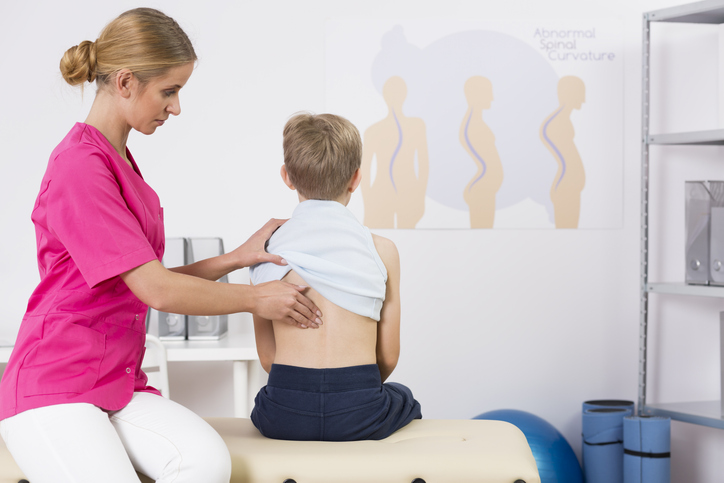
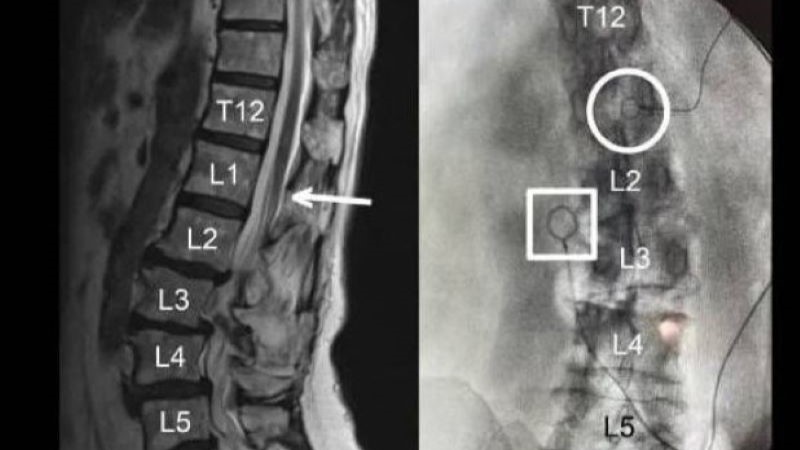

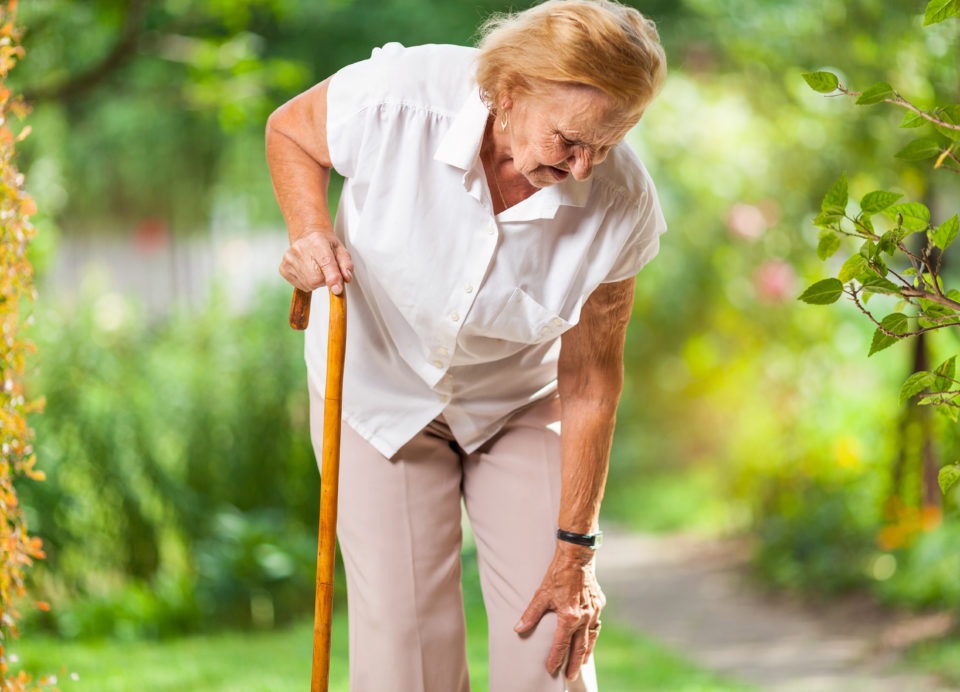
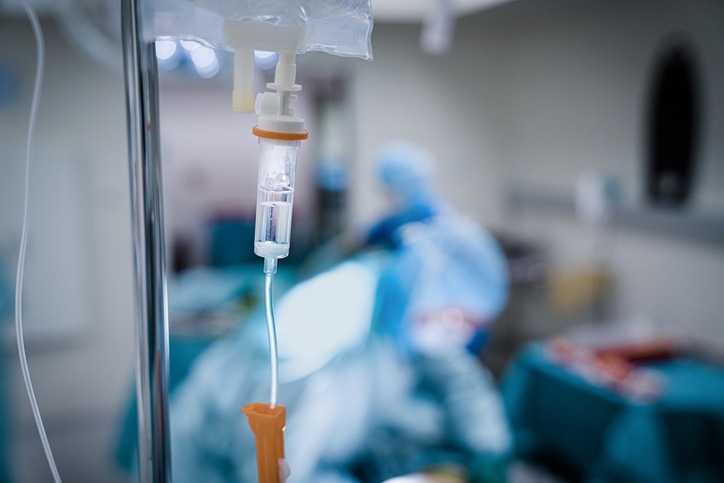

 © 2025 Mashup Media, LLC, a Formedics Property. All Rights Reserved.
© 2025 Mashup Media, LLC, a Formedics Property. All Rights Reserved.